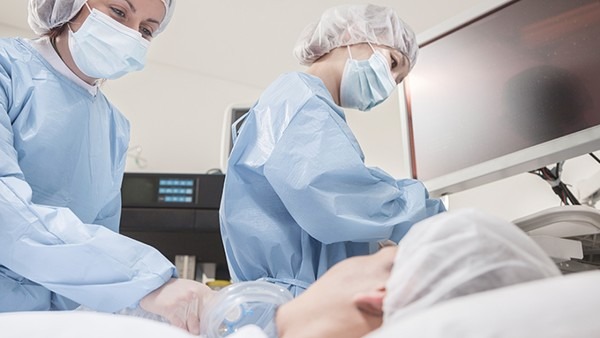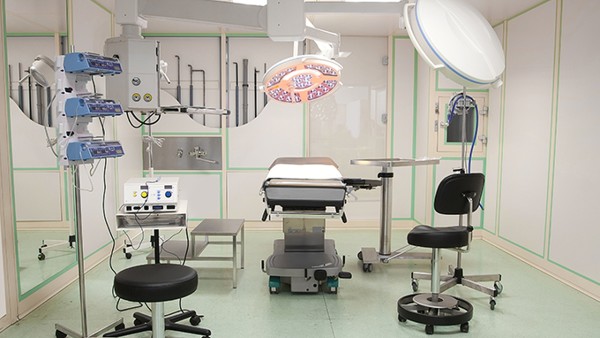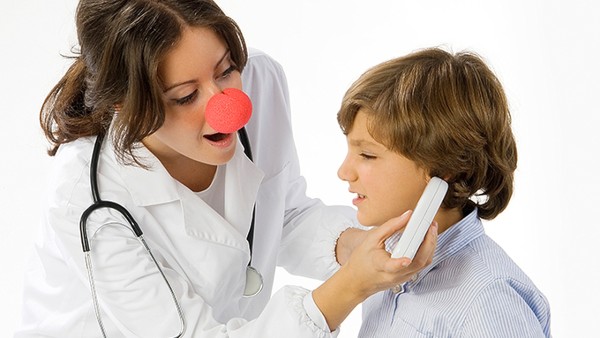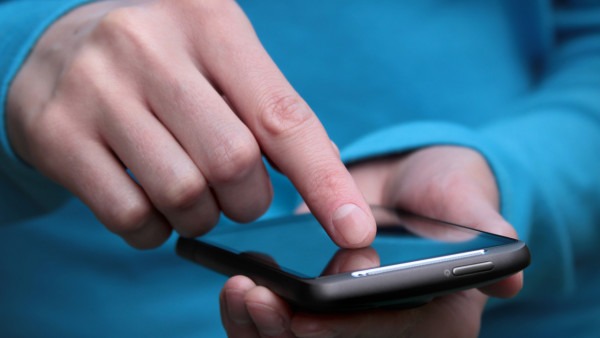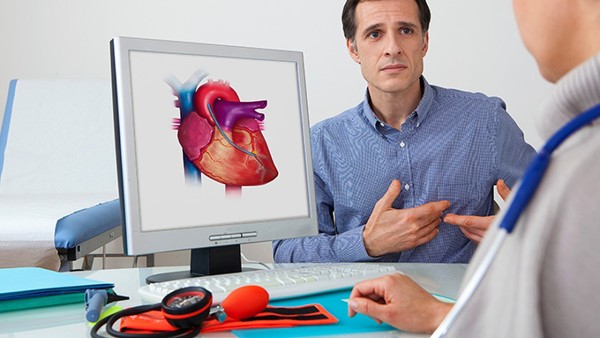Methods to Correct Children's Partial Eclipse

A child's partial eclipse is a condition in which the child's iris is partially covered by the upper eyelid. This can cause the child to have difficulty seeing, and it can also lead to other problems, such as amblyopia (lazy eye) and strabismus (crossed eyes).
There are a number of different methods that can be used to correct a child's partial eclipse. The best method for a particular child will depend on the severity of the condition and the child's age.
Nonsurgical Methods
Nonsurgical methods for correcting a child's partial eclipse include:
Eyelid taping: This involves taping the upper eyelid open to allow the iris to be fully visible. This is a temporary measure that can be used to improve the child's vision while other treatments are being considered.
Eyelid crutches: These are small devices that are placed on the upper eyelid to help keep it open. Eyelid crutches are more comfortable than eyelid taping, and they can be used for longer periods of time.
Glasses or contact lenses: In some cases, glasses or contact lenses can be used to correct a child's partial eclipse. This is only possible if the child's vision is not too severely affected.
Surgical Methods
Surgical methods for correcting a child's partial eclipse include:
Eyelid surgery: This involves removing a small piece of skin from the upper eyelid to make it shorter. Eyelid surgery is a permanent solution for a child's partial eclipse, but it can leave a small scar.
Ptosis repair: This involves tightening the muscles that lift the upper eyelid. Ptosis repair can be done through a small incision in the eyelid, or it can be done through a larger incision that is made in the eyebrow.
Which Method Is Right for My Child?
The best method for correcting a child's partial eclipse will depend on the severity of the condition and the child's age. In general, nonsurgical methods are preferred for younger children, and surgical methods are preferred for older children.
If your child has a partial eclipse, it is important to see an eye doctor to discuss the best course of treatment.
Outlook
The outlook for children with partial eclipse is generally good. With proper treatment, most children will be able to achieve good vision and avoid any long-term complications.
Preventing Partial Eclipse
There is no surefire way to prevent partial eclipse, but there are some things you can do to reduce your child's risk of developing the condition. These include:
Making sure your child gets regular eye exams
Protecting your child's eyes from the sun
Avoiding smoking around your child
If you have any concerns about your child's vision, it is important to see an eye doctor right away.
The above is all the content that the editor wants to share with you. I sincerely hope that these contents can bring some help to your life and health, and I also wish that your life will be happier and happier.
Topic: #correct #to #methods


